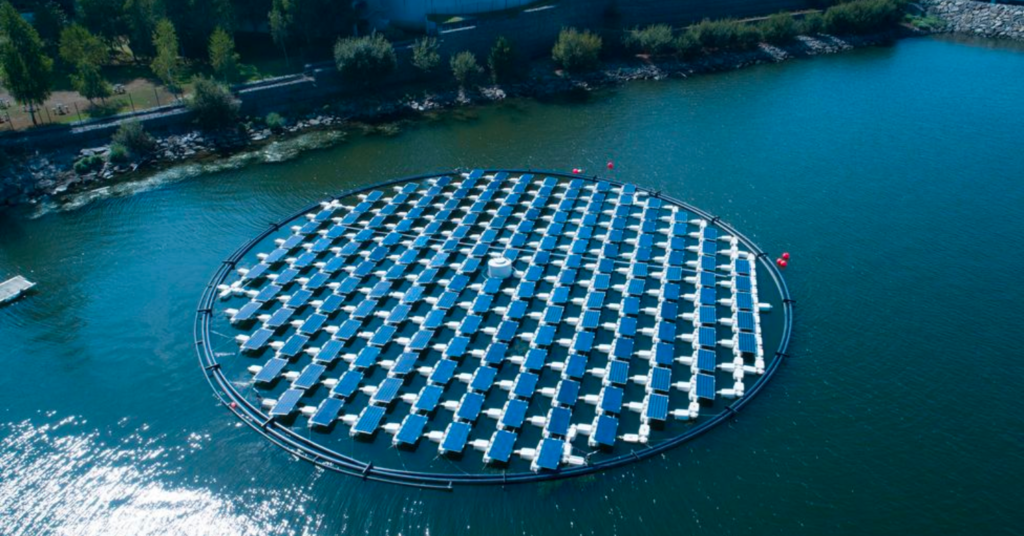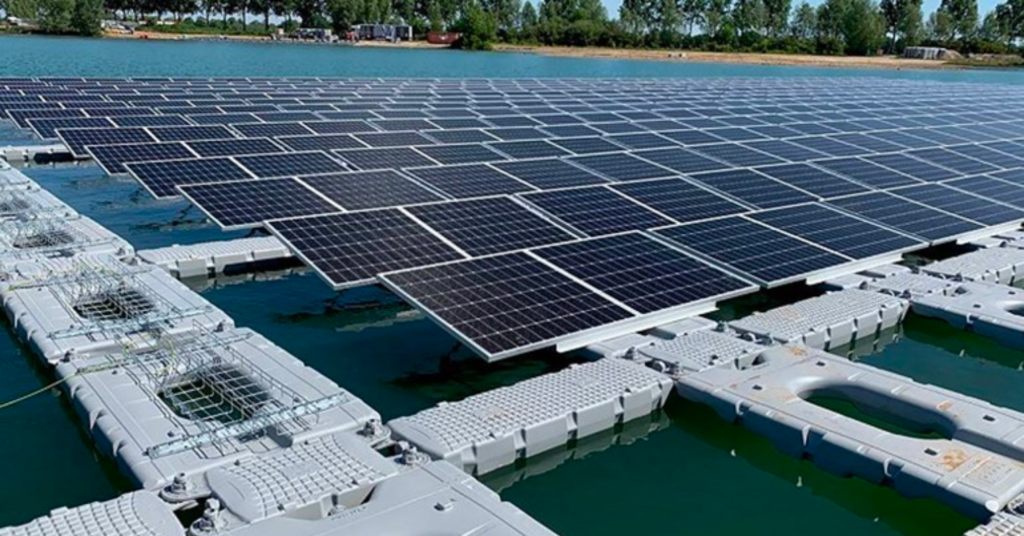Floating solar is a new renewable energy option, and it has huge potential globally.

As countries around the world try to find space for large solar arrays, they are turning to floating systems. However, the Netherlands is now taking this one step further with water-based arrays that follow the sun.
In a lake in the southwest Netherlands, a circular island named Proteus floats, covered in dozens of shimmering solar panels. The panels are doing something that no other floating solar farm can do: meticulously tracking and following the sun to catch as many rays as possible.
The island has 180 moving solar panels with a total installed capacity of 73 kilowatt of peak power.

SolarisFloat, the Portuguese company which built Proteus, believes that this small installation could be scaled up to generate large amounts of clean electricity and crucially without taking up valuable land.
The rise of floating solar technology is among the latest trends in the revolutionary expansion of solar PV electricity in recent years.
Floating solar capacity has grown hugely in the past decade, from 70 MWp in 2015 to 1,300MWp in 2020.

According to an analysis by the Solar Energy Research Institute of Singapore (Seris), covering just 10% of all man-made reservoirs in the world with floating solar would result in an installed capacity of 20 Terawatts (TW) – 20 times more than the global solar photovoltaic capacity today.
In a world looking to rapidly expand solar arrays, floating solar has a significant edge, especially for countries facing land scarcity, as it does not take up land space that may be needed for other uses.